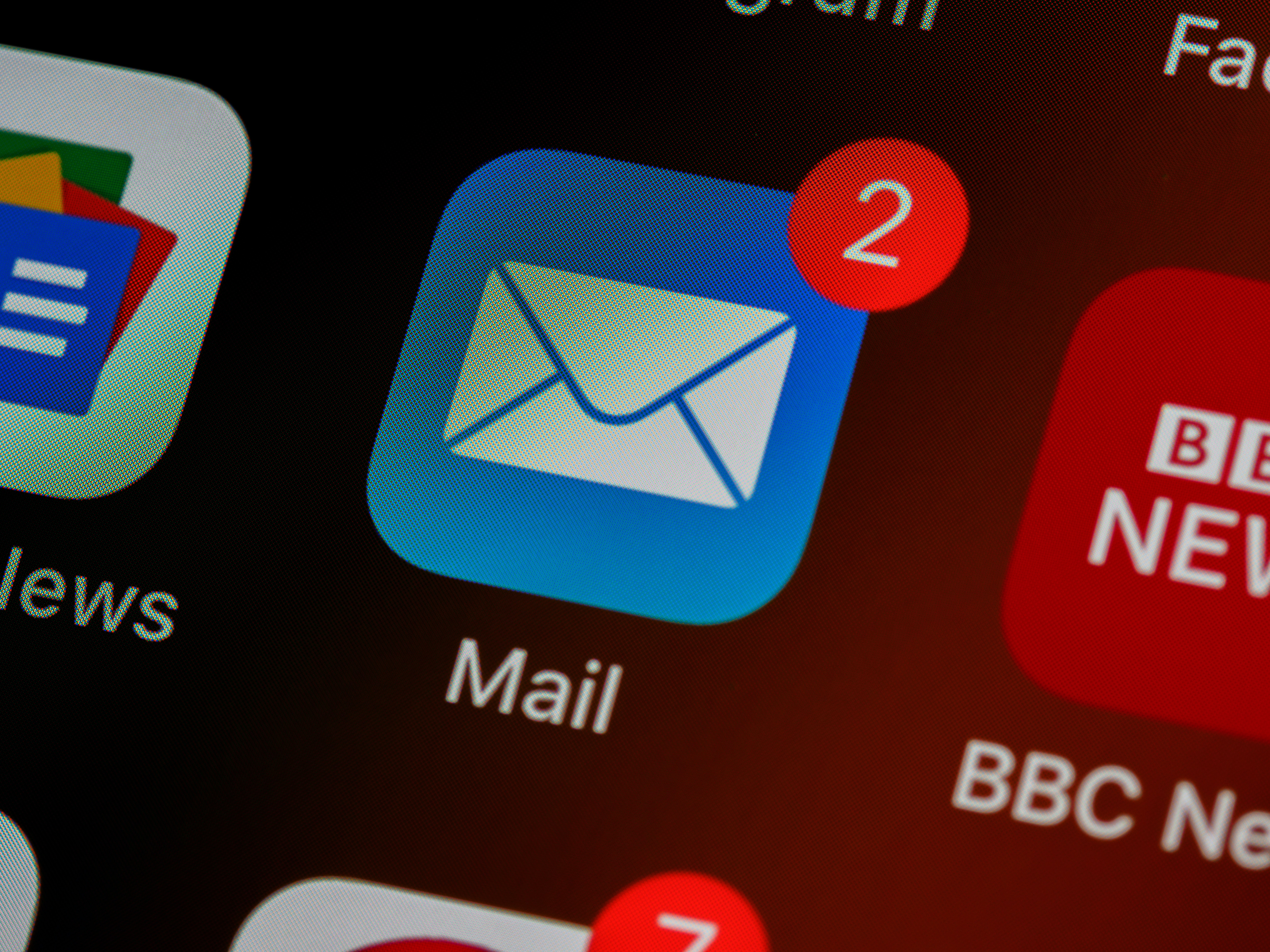Understanding DMARC: How to Protect Your Business from Domain Spoofing
Claire Stringer-Phillips & Kim Drinkall
May 17, 2023

Subscribe for relevant industry news, offers, and updates
June 24, 2024
March 01, 2024
February 06, 2024

Businesses rely on email communication with no indication that will change. In fact, in 8/10 companies, email communication continues to rise, despite the proliferation of messaging apps like Slack.
In the third quarter of 2022 alone, over a million phishing attempts were recorded setting a new record high. With sensitive information being shared through email and email-based security threats on the rise, it’s important to ensure the security of these communications. Domain-based Message Authentication, Reporting & Conformance, or DMARC, can help provide that vital security.
DMARC is a security protocol that can be enabled on your company domain to help reduce the risks associated with unauthorised usage of your domain (spoofing). This is where an attacker impersonates a known business with a fake domain to fool people into trusting them.
DMARC determines whether an email is authentic or not by ensuring the message is from an authorised source rather than a spoofed or fraudulent account and provides a reporting mechanism for email senders to monitor the status of their emails. It works by applying two authentication protocols to each email: SPF and DKIM.
SPF verifies the sender's domain name against a list of authorised IP addresses that are allowed to send emails on behalf of that domain. SPF ensures that emails are not spoofed or forged.
DKIM uses digital signatures to verify the authenticity of an email message. DKIM adds a digital signature to the header of an email message that verifies the sender's domain name and ensures that the message has not been tampered with during transmission.
97% of businesses have been targeted by email-based phishing attacks with 90% of corporate security breaches resulting from phishing. In the face of these rising threats, DMARC is increasingly required in modern cyber insurance policies. By implementing DMARC, companies will be adhering to modern security standards and significantly reducing the number of phishing emails that reach the inbox of employees.
In 2023, cybercrime is expected to cost the world a whopping $8 trillion (about £95,000 per person in the UK). Stay ahead of the game by implementing security measures like DMARC and training your personnel on what to look for with these types of attacks.
DMARC protects companies from the increasing threat of sophisticated cyber attacks through email by improving email security, reducing spam, enhancing brand protection, ensuring compliance with industry standards, and increasing trust between DMARC-enabled domains.
Wicresoft’s experts will work in partnership with the key stakeholders in your organisation to help identify the principal areas of risk and recommend how to plan for and address those areas. Contact us today to learn how Wicresoft can help you reach the next level of cyber security.